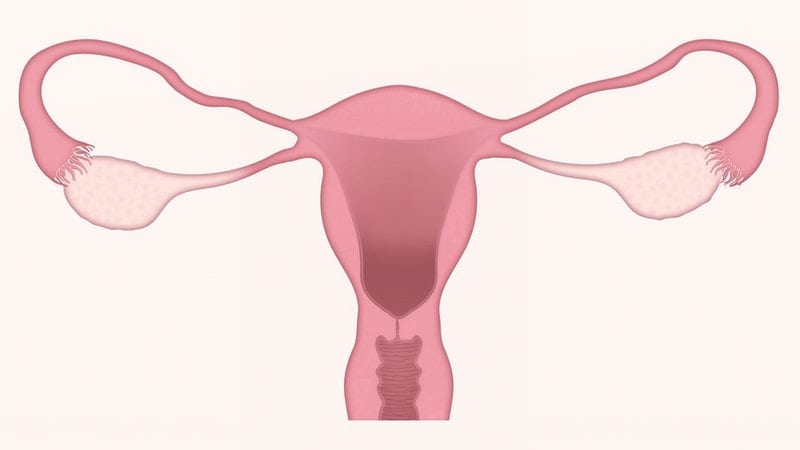For the first time, scientists identified and mapped the location of structural proteins in a pig ovary. Ongoing development of an “ink” with these proteins will be used for 3-D printing an artificial (or bio-prosthetic) ovary that could be implanted and allow a woman to have a child.
.
Findings were recently published in Scientific Reports.
.
“This is a huge step forward for girls who undergo fertility-damaging cancer treatments,” says senior author Monica Laronda, PhD, Director of Basic and Translational Research, Fertility & Hormone Preservation & Restoration Program at Ann & Robert H. Lurie Children’s Hospital of Chicago, and Assistant Professor of Pediatrics at Northwestern University Feinberg School of Medicine. “Our goal is to use the ovarian structural proteins to engineer a biological scaffold capable of supporting a bank of potential eggs and […]
Click here to view original web page at www.3dprintingprogress.com





0 Comments